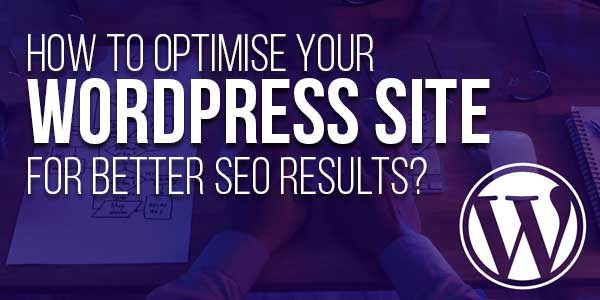
A website lives or dies by whether anyone actually finds it. WordPress is everywhere, powering businesses, portfolios, and even random blogs that no one admits to writing anymore. But search engines don’t care if a site is glossy or not. They care about whether the whole thing makes sense to them.
Optimising WordPress for SEO sounds clinical, but it’s really just about tightening screws and paying attention to what matters. It’s about not letting your site sink into the back pages of Google, where nobody goes.
Table of Contents
Clean URLs Matter:
Permalink settings look boring in the dashboard, but can save or destroy a site’s visibility. A URL full of numbers and symbols doesn’t tell search engines what’s happening on the page. Switching to a structure that uses keywords makes the link meaningful.
Imagine two addresses: example.com/?p=123 or example.com/fashion-business-guide. The second one feels like it belongs in search results, and the first looks like a mistake. WordPress lets this be fixed in seconds, but people ignore it for years. And then they wonder why their content hides in the dark.
Speed Is Everything, Unfortunately:
Nobody waits for a page to load anymore. A site that crawls is a site that gets abandoned. Search engines notice bounce rates, and they punish lag. WordPress can be heavy with themes and plugins stacked like junk on top of each other. The cure is trimming down.
You’ll need fewer plugins, lightweight themes, and images that are resized properly instead of giant files squeezed into tiny spaces. Hosting matters too, as cheap servers often mean slow servers, and slow means invisible. Speed is boring until it wrecks your rankings.
Internal Linking Keeps Visitors Alive on the Site:
Search engines like pathways. A site that links its own pages together looks more trustworthy. It shows structure, logic, and depth. WordPress makes internal linking easy, but people forget to do it. The result is orphan pages, floating out with no connection, forgotten by both readers and search engines.
Mobile First or Nothing:
Most people scroll on their phones while half-watching TV, not on wide desktop screens. A WordPress site that breaks on mobile is basically useless. Responsive themes are supposed to handle it, but some are lazy, leaving buttons too small or menus that vanish.
Optimisation here is about testing. Shrink the screen, tilt the phone sideways, click everything. Google’s mobile-first indexing means if it fails on a phone, it fails altogether. It doesn’t matter how pretty the desktop version looks; it’s irrelevant if the mobile one stumbles.
Content Still Rules, Even When Everyone Is Tired of Hearing It:
The oldest advice is still true. Search engines want content that matches what people search for. Keyword stuffing is dead, but relevance isn’t. Writing posts that actually answer questions is what makes a site rise.
Updating old articles so they don’t feel dusty matters, too. WordPress makes this easier with revisions, drafts, and quick edits. Content is messy, it takes work, but without it, optimisation is just scaffolding with no building.
Meta Tags and Descriptions:
Nobody ever brags about their meta descriptions, but search engines rely on them. A blank or auto-generated snippet looks careless. Adding clear, specific descriptions to posts gives search engines exactly what to show. It doesn’t guarantee clicks, but it shapes first impressions.
Plugins like Yoast or Rank Math help, but the real effort is in writing something that actually sounds worth reading. This is the kind of invisible work that really pays off if you dedicate a bit more time to it.

Images Need Words Too:
Photos without alt text are invisible to search engines. They can’t read pixels. Alt text is a chance to explain what’s in the picture and tie it to the topic. You don’t need to be stuffing keywords randomly, but describe pictures in a way that makes sense.
WordPress gives every image a slot for it, but people skip because it feels optional. It isn’t. A site with dozens of blank alt tags is like a book with whole chapters blacked out. Filling them in takes time but builds strength under the surface.
Don’t Ignore the Sitemap or Robots.txt:
Behind the scenes are files that guide search engines. The sitemap lists pages, and the robots.txt file tells crawlers what to avoid. WordPress generates these, but not always perfectly. Checking them, updating them, and making sure they don’t block the wrong thing is part of optimisation too.
It’s not always the top priority, and nobody but you will ever see the files, but they matter. A missing sitemap is like a library without a catalogue: everything is harder to find than it should be.
Conclusion: Making WordPress Visible:
Optimising WordPress for SEO isn’t one big trick. It’s a series of small jobs that pile up into something stronger. Search engines reward sites that care about the details, even when no one else notices. The real point is visibility, not just for machines but for the people who need what’s there.

 About the Author:
About the Author:
















Be the first to write a comment.